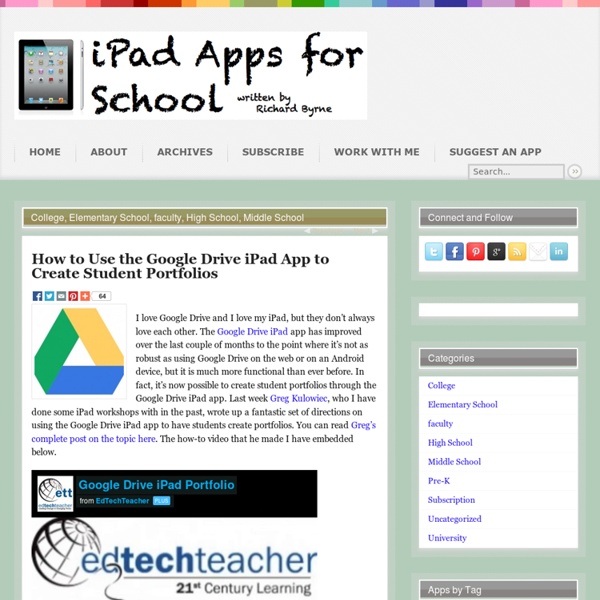



Wonderopolis | Where the Wonders of Learning Never Cease Checklist for Evaluating Web Resources | USM Libraries | University of Southern Maine Is the Web a good research tool? This question is dependent on the researcher's objective. As in traditional print resources one must use a method of critical analysis to determine its value. Here is a checklist for evaluating web resources to help in that determination. Authority: Is the information reliable? Check the author's credentials and affiliation. Does the resource have a reputable organization or expert behind it? Are the sources of information stated? Can the author be contacted for clarification? Check for organizational or author biases. Scope: Is the material at this site useful, unique, accurate or is it derivative, repetitious, or doubtful? Is the information available in other formats? Is the purpose of the resource clearly stated? What items are included in the resource? Is the information factual or opinion? Does the site contain original information or simply links? How frequently is the resource updated? Does the site have clear and obvious pointers to new content? Other Tips:
The 5 Elements Students Should Look For When Evaluating Web Content March , 2014 In a section in her wonderful book "Understanding The Social Lives of Networked Teens" Danah Boyd talked extensively about the concept of digital natives and argued that this nomenclature does not really capture the essence of what a digitally savvy teenager really means. Dana argued that the mere fact of being comfortable with a social media tool does not prove that the user has a digital fluency to allow them to better use it for educational purposes : Just because teens are comfortable using social media to hang out does not mean that they’re fluent in or with technology. Learning how to evaluate online content is an essential step in the process of developing digitally literate students. Watch this short introduction to CRAAP Currency: Is the information too old.
Journey in Technology to teach. to learn. to empower. this is my world. — nashworld Teacher ads - - school exchanges, class twinning... Bonjour: Je me présente, je suis Ester Fraile, je suis professeure de français dans une école privée qui se trouve à Griñón, un petit village très agréable, à trente km de Madrid. Notre école est très grande, nous avons plus de 1000 élèves ( de la maternelle jusqu'à la terminale). Nous avons une importante expérience en échanges scolaires car nous en réalisons également avec l'Allemagne et l'Angleterre. Je cherche suis à la recherche d' un collège français, privé ou public,de préférence dans le sud de la France, dans le but de pouvoir réaliser un échange scolaire pour la prochaine année scolaire 2014-2015. J'espère pouvoir trouver mon bonheur. ESTER FRAILE ( esterfraile@yahoo.es)
Digital Citizenship Digital Citizenship - Main Page Archived: Effects of Technology on Classrooms and Students A r c h i v e d I n f o r m a t i o n Change inStudent andTeacherRoles When students are using technology as a tool or a support for communicating with others, they are in an active role rather than the passive role of recipient of information transmitted by a teacher, textbook, or broadcast. The student is actively making choices about how to generate, obtain, manipulate, or display information. The teacher's role changes as well. Project-based work (such as the City Building Project and the Student-Run Manufacturing Company) and cooperative learning approaches prompt this change in roles, whether technology is used or not. IncreasedMotivation andSelfEsteem The most common--and in fact, nearly universal--teacher-reported effect on students was an increase in motivation. The kids that don't necessarily star can become the stars. Teachers talked about motivation from a number of different perspectives. Kids like the immediate results. Technology is the ultimate carrot for students.
Using Technology In The Classroom Technology has always been a major focus on EducationWorld.com. This archive compiles many of the features we have done on the subject of using technology in the classroom. Many of these articles have been updated many times or even rewritten as technology changes. Social Networking Tips for Teachers Social networking in the classroom? Teaching? Fifth Graders Soar in the Blogosphere Across the curriculum, Gillian Ryan asks her fifth graders to respond in writing to the topics they discuss -- whether in math, science, social studies, or language arts -- and their ideas become posts to classroom blogs. Podcasts Promote Reading Librarian Malissia Bell has challenged students to create 500 podcasts describing their favorite books. Reaching for the Heart: Five Tips for District Communications Directors Today, press releases and strategic presentations to special groups are only a small part of the positive media attention thats possible. Who Is They? Social Networking: More Hype Than Help?
7 Pillars Of Digital Leadership In Education 7 Pillars Of Digital Leadership In Education by Eric Sheninger, Principal at New Milford High School in New Jersey As schools change leadership must as well. With society becoming more and more reliant on technology it is incumbent upon leaders to harness the power of digital technologies in order to create school cultures that are transparent, relevant, meaningful, engaging, and inspiring. Once the fears and misconceptions are placed on the table, leaders can begin to establish a vision for the effective use of technology to improve numerous facets of leadership. The end result will be sustainable change in programs, instruction, behaviors, and leadership practices with technology as a pivotal element. From my work I have identified what I call the Pillars of Digital Leadership. 7 Pillars of Digital Leadership In Education Note: Graphic by New Milford HS student Grace Jeon! 1. Leaders can now provide stakeholders with relevant information in real time through a variety of devices. 2. 3.